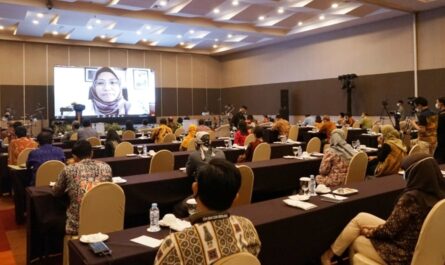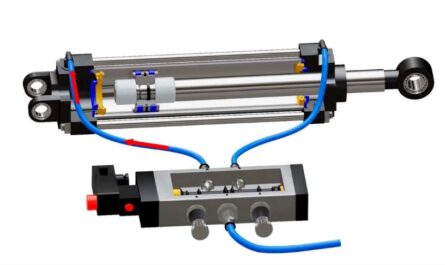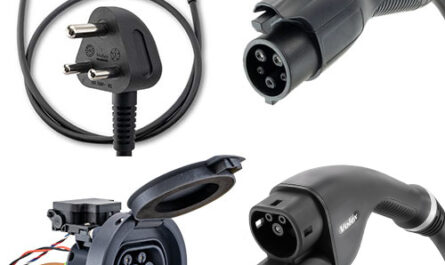The global Weather Radar Market is estimated to be valued at US$ 233.1 million in 2019 and is expected to exhibit a CAGR of 4.92% over the forecast period 2020-2027, as highlighted in a new report published by Coherent Market Insights.
A) Market Overview:
Weather radar systems play a crucial role in accurately predicting and monitoring weather conditions. These systems use electromagnetic waves to detect precipitation, measure its intensity, determine the movement of storms, and provide real-time data on weather patterns. The data collected by these radar systems is vital for various industries, including aviation, agriculture, maritime, and emergency management.
The market offers various products, including Doppler radar, weather surveillance radar, and weather satellite systems. Doppler radar systems provide highly accurate information on wind speed and direction, precipitation intensity, and storm structure. Weather surveillance radar systems offer wide-area coverage and are capable of detecting and tracking severe weather phenomena such as tornadoes, thunderstorms, and hurricanes. Weather satellite systems provide a global view of weather conditions and offer data on cloud cover, sea surface temperature, and atmospheric moisture.
B) Market Dynamics:
1) Driver: Increasing demand for accurate weather forecasting
Accurate weather forecasting is essential for various industries to make informed decisions. The advancement in weather radar technology has significantly improved the accuracy and efficiency of weather predictions. Weather radar systems can provide real-time data on storms, precipitation, and wind patterns, enabling meteorologists to issue timely warnings and alerts. The increasing frequency of extreme weather events, such as hurricanes, floods, and droughts, has driven the demand for reliable weather radar systems. For example, during hurricane seasons, radar systems are used to track the path and intensity of hurricanes, enabling authorities to evacuate people and take necessary actions to minimize damage.
2) Driver: Growing investments in meteorological services
Governments and private organizations worldwide are increasing their investments in meteorological services to improve weather forecasting capabilities. The demand for advanced weather radar systems is expected to grow as countries aim to enhance their weather monitoring infrastructure. Investments in meteorological services are particularly crucial for countries prone to severe weather conditions. For instance, countries like the United States, Japan, and Germany have made substantial investments in weather radar technologies to provide accurate and timely weather information.
C) SWOT Analysis:
Strength:
1) Advanced technology: Weather radar systems are continuously evolving with technological advancements, providing more accurate and detailed weather information.
2) Wide range of applications: Weather radar systems find applications in various industries, including aviation, agriculture, maritime, and emergency management.
Weakness:
1) High installation and maintenance costs: Weather radar systems require significant investments in installation and maintenance, which may pose a challenge for smaller organizations with limited resources.
2) Vulnerability to extreme weather conditions: Severe weather events like lightning strikes and power outages can temporarily render weather radar systems inactive, affecting the availability of real-time weather information.
Opportunity:
1) Increasing demand for weather radar in emerging economies: Rapid urbanization and industrialization in emerging economies have created a demand for reliable weather forecasting systems. As these countries invest in modernizing their infrastructure, the demand for weather radar systems is expected to grow.
2) Integration of artificial intelligence and machine learning: Advancements in AI and machine learning technologies can enhance the capabilities of weather radar systems, enabling more accurate predictions and real-time monitoring.
Threats:
1) Climate change: Changes in weather patterns due to climate change can affect the effectiveness of weather radar systems, requiring continuous updates and improvements.
2) Competition from alternative weather monitoring technologies: Satellite-based weather monitoring systems and other emerging technologies may pose a competitive threat to traditional weather radar systems.
D) Key Takeaways:
– The global Weather Radar Market Size is expected to witness high growth, exhibiting a CAGR of 4.92% over the forecast period, due to increasing demand for accurate weather forecasting and growing investments in meteorological services.
– North America is expected to dominate the market, driven by the presence of key players and advanced weather monitoring infrastructure.
– Key players operating in the global Weather Radar Market include Furuno Electric Co., Ltd, EWR Weather Radar, Honeywell International Inc, Selex ES GmbH, Beijing Metstar Radar Corporation Ltd., Vaisala, Garmin International Ltd, Glarun Technology Co, Ltd., AERODATA, Inc, and Anhui Sun Create Electronics Co. Ltd.
In conclusion, the weather radar market is witnessing significant growth due to the increasing demand for accurate weather forecasting and rising investments in meteorological services. Advanced technology, wide applications, and opportunities in emerging economies are key strengths, while high installation costs and vulnerability to extreme weather conditions pose challenges. However, the market is expected to continue its upward trajectory, driven by advancements in AI and machine learning technologies, and competition from alternative weather monitoring technologies.




